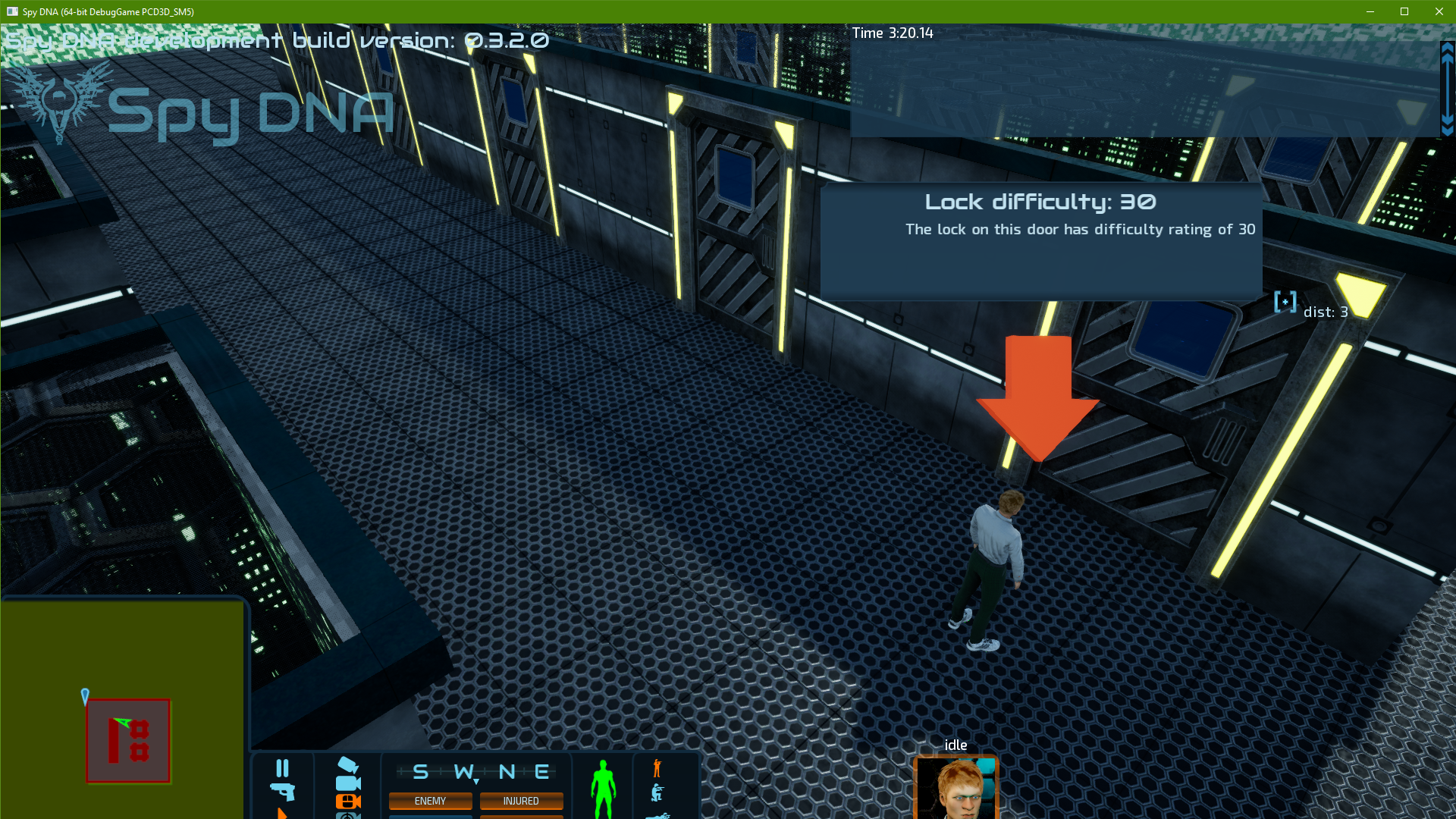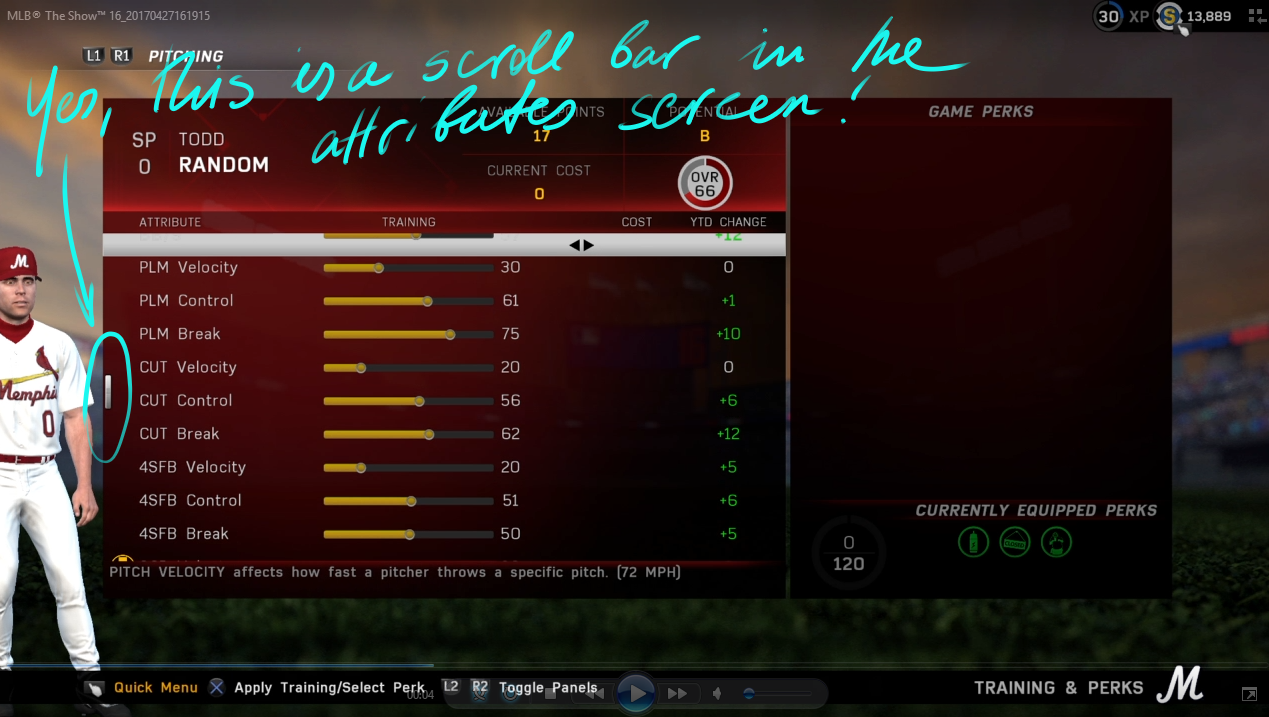by Alex Maier, your virtual training guide
In Spy DNA, player characters improve their skills by using them out in the field. However, trying to learn to disarm an explosive trap with a skill of zero may not give a squad member much of a chance to learn anything. So to help with that, the Spy DNA base has virtual reality training stations that allow player characters to hone their skills without risking their life and limb, or their freedom for that matter.
All party members as well as the Commander will be able to use VR training to learn new skills or get better at the ones they already possess. The rate of improvement will be comparable to improving your skills in the field, with the same hyperbolic learning curve, meaning that it’ll be fairly easy to go from skill level zero to five or ten, but going from 40 to 41 will require multiple times that much practice.
While at the base, you will be able to assign your squad members to training, which they will complete in the time they spend at the base. Their training will be halted while they are out on a mission, but will resume upon their return.
The team status screen will show which characters have been assigned to complete a particular skill training.
In case of the Commander needing to learn or improve a skill that is critical for game progression, you can have your character use the training stations to launch a VR training scenario, such as lock picking, alarms and traps disarming, target practice, or combat simulation. Imagine your trap disarming specialist having a particularly Bad Day™, and now someone else will have to learn to do their job.
Some of the simpler training scenarios, such as lock picking or basic gun training, will primarily serve as a player tutorial, or to help you overcome a difficulty spike, but others, more complex ones that mimic the gameplay loop, will be enjoyable in their own right, and we see players using them more than once to try out new tactics without risking their health.
Some scenarios such as the combat sim, will allow the Commander to take some of the squad members with them.
After the training session is over, the Commander (and the squad mates who were in it as well) will get to keep all the experience gained, with none of the injuries! Now ain’t that a sweet deal?
The demo release will include some training scenarios for you to try out, but more will be included in the full version, to cover all the skills available on the character sheet.





















